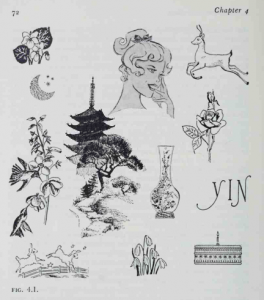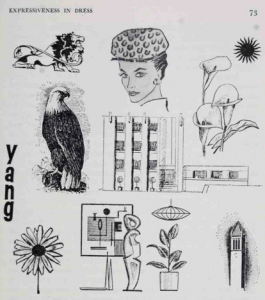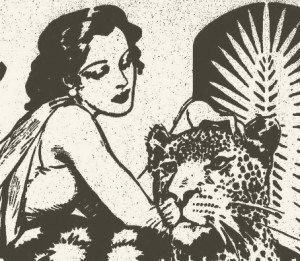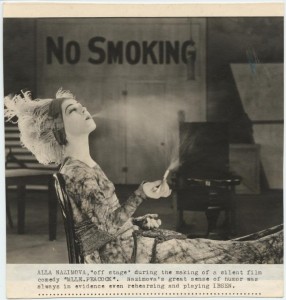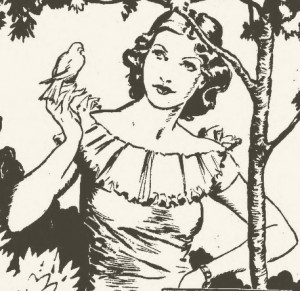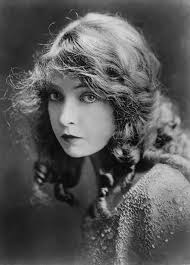McJimsey’s Romantic, unlike Kibbe’s, is not the most yin expression on her scale. Yin, as I’ve mentioned previously, is a youthful quality in McJimsey, and the Romantic is sophisticated and dignified. She is the prom queen, the film goddess. She is more exaggerated than her youthful counterpart, the Ingenue, who will often age into a Romantic. Unless soemone is exquisitely and unusually beautiful, either in figure, face, or hair, and then they will be able to wear some Romantic elements, a Romantic will usually only be found in those 25 and older. A Romantic can wear exaggerated extremes of fashion, which the younger, less-sophisticated Ingenue can’t. A Romantic will often have striking coloring as well, whether it is Titian red hair and pale skin, an olive-skinned brunette, or a golden blonde, but all types of beauty can be Romantic if they combine feminine charm and beauty with the theatrical. Romantics have delicately rounded or heart-shaped faces, a full bust, a slim waist, and long, slender legs. Their complexion is perfect, their eyes large and luminous with long lashes, and a long and straight or tilted and delicate nose. So basically, they are the epitome of feminine glamour and allure, and have to in fact be careful not to exaggerate their beauty with too much makeup, too tight clothing, or too many elaborate accessories.
McJimsey’s Romantics are Ann-Margret, the Gabor sisters, Jean Shrimpton, and Elizabeth Taylor.
Sorry, nothing found.
(Sources: 1, 2, 3, 4)
While she is a composite, yin dominates Romantic clothing. Her yangness lets her wear extremes, but she has to be careful not to overdress and she must be tasteful. She should still show off her figure, though. Fashions mentioned for the Romantic include:
Fabrics should be rich and lustrous and in colors like red, rose, or delicate shades of violet. Black can be Romantic if it is tailored in a feminine way and in a feminine fabric, like chiffon, velvet, lace, or a crisp silk such as taffeta. Other fabrics and details for a Romantic include sheer Dacron (for casual wear), peau de soie (for formalwear), soft woolens, cashmere, feathers, veiling, and soft furs. Their shoes, as you might imagine, should have high heels, and should be plain, yet dainty for day (in kid, suede, or patent leather) and with delicate for nighttime (in brocade or satin, with beads and bows). Her jewelry should be dainty yet lavish, with cut stones set in curved lines. Bags should be either pouches or gathered satchels in an appropriate fabric or leather. Fur capes are excellent. Hats can large or small, but always feminine and flattering.
Sorry, nothing found.
(Sources: 1, 2, 3, 4, 5)
